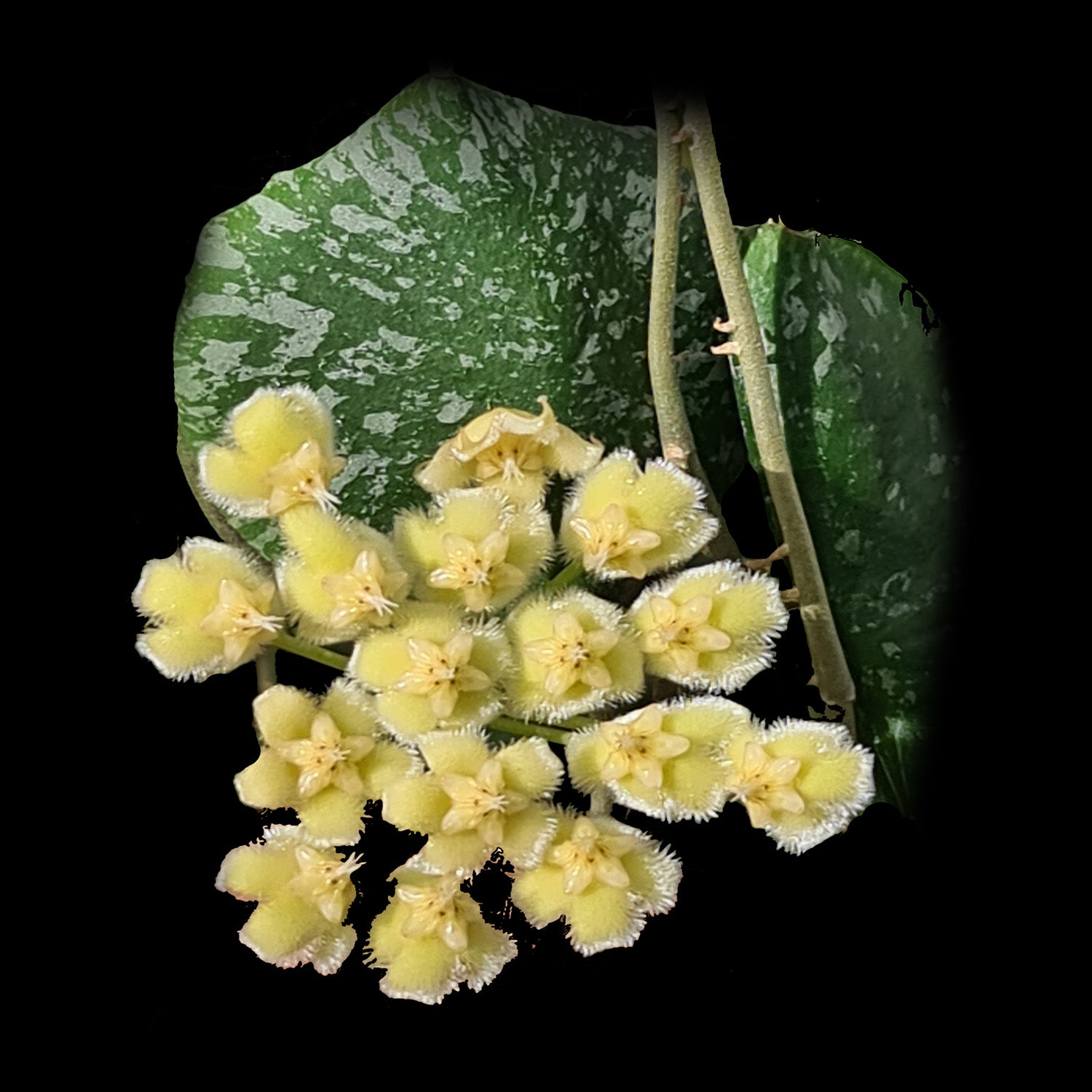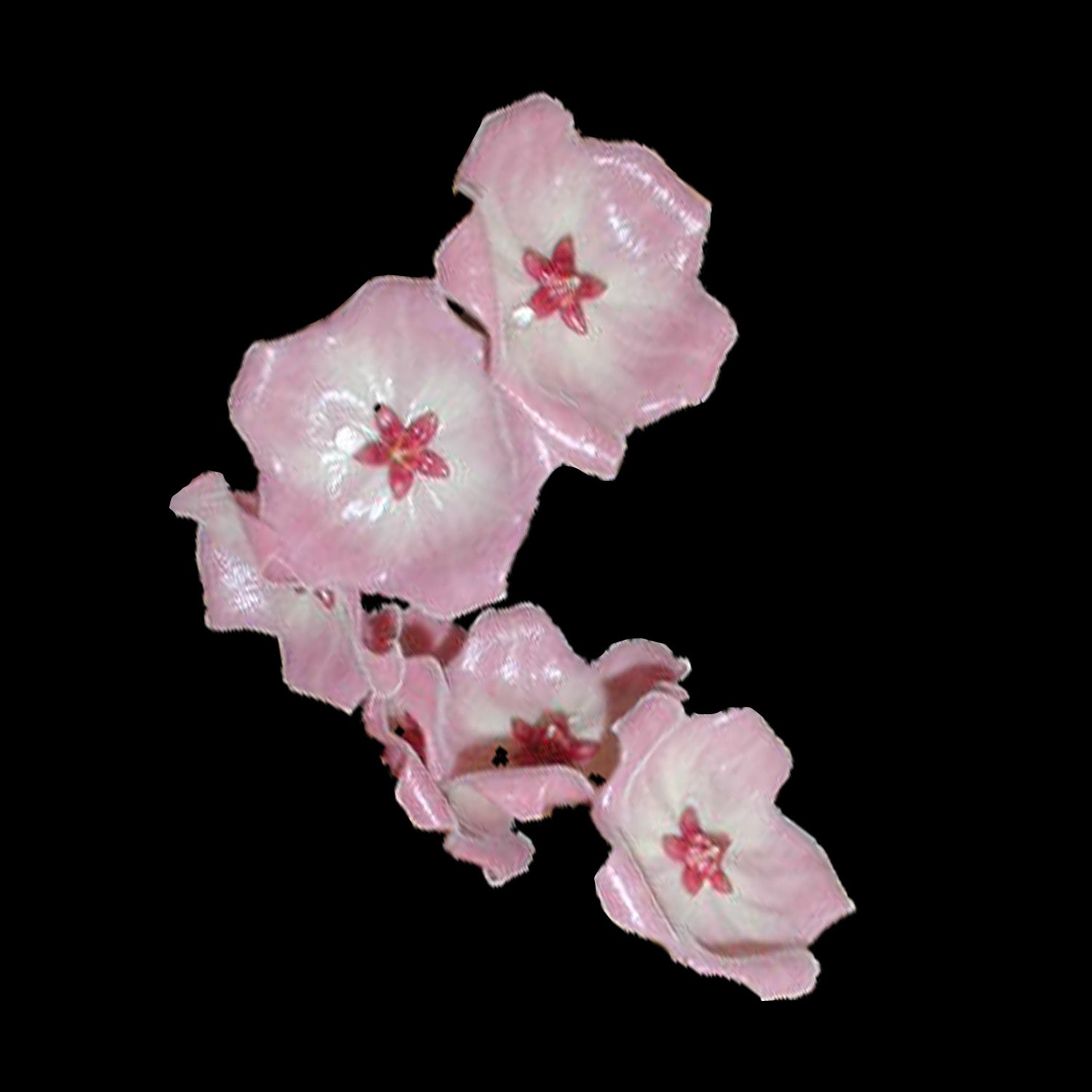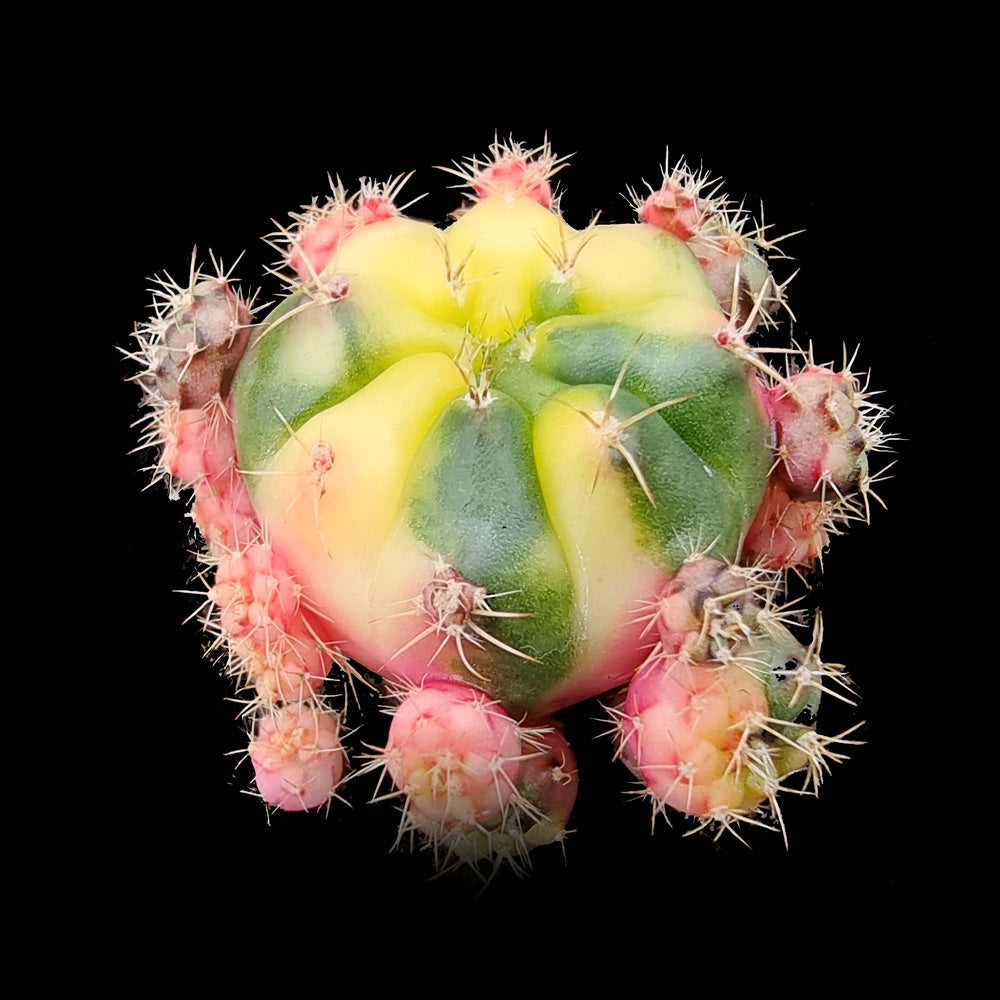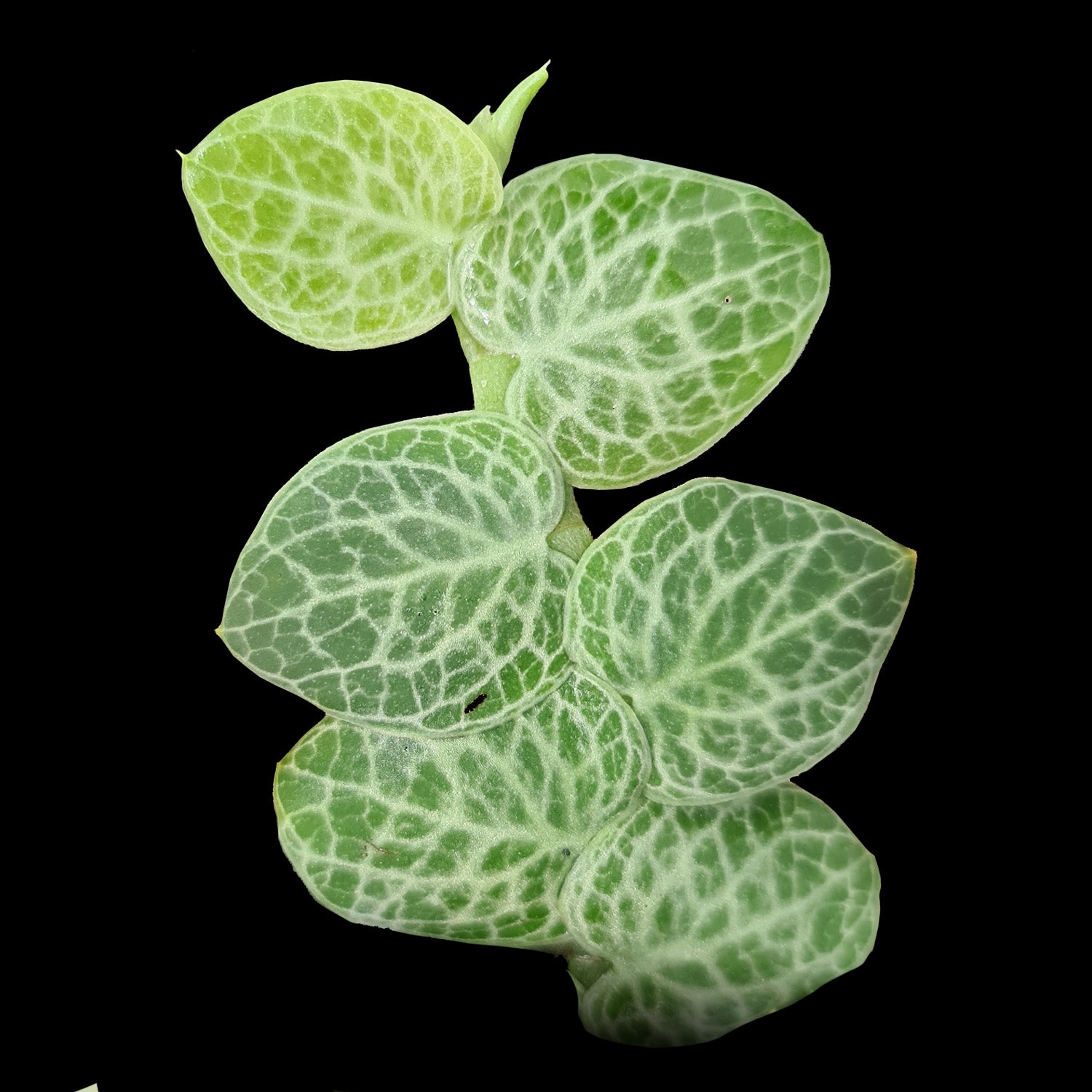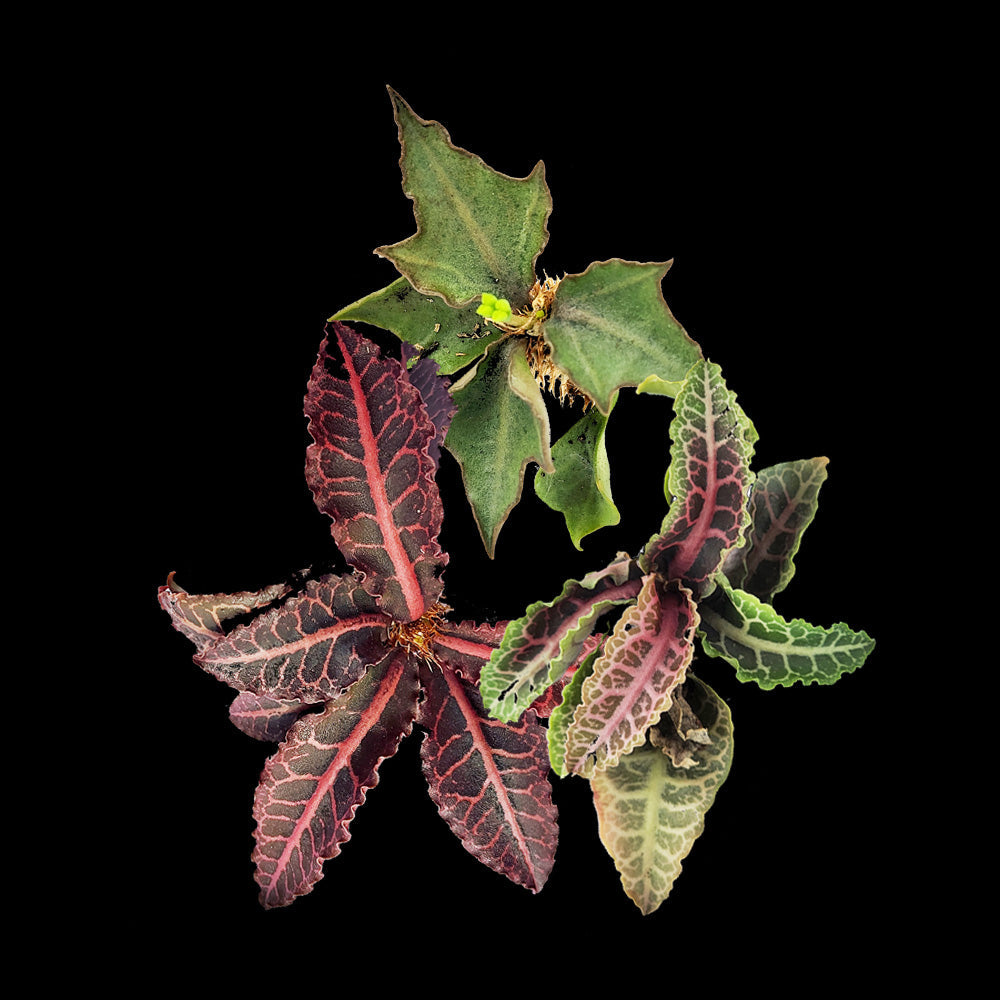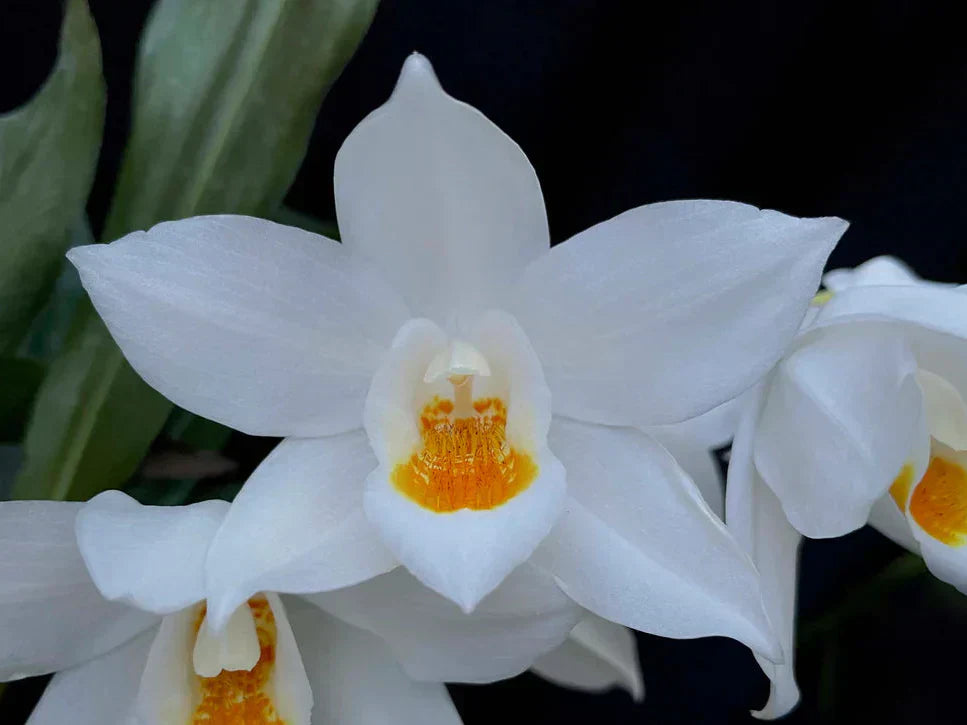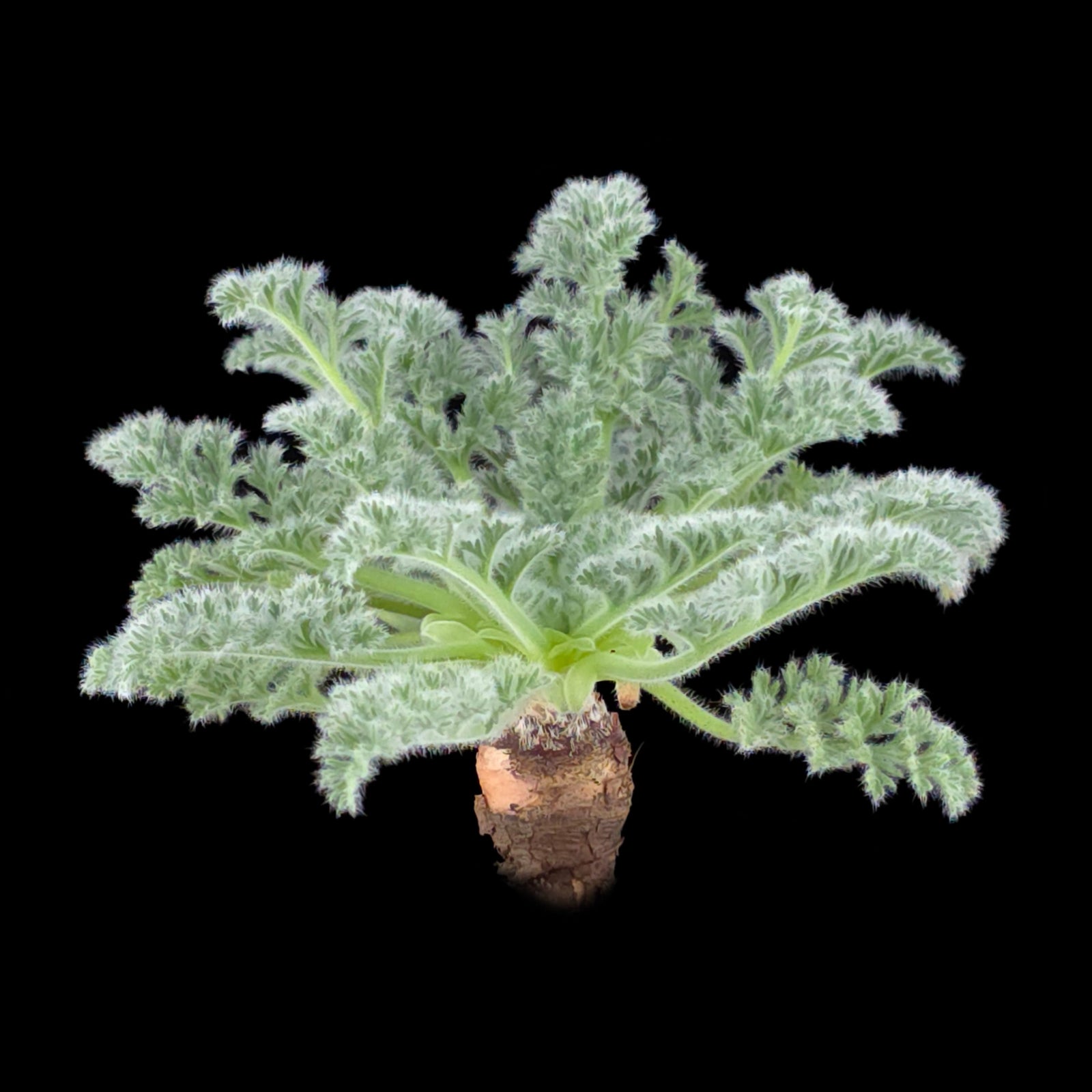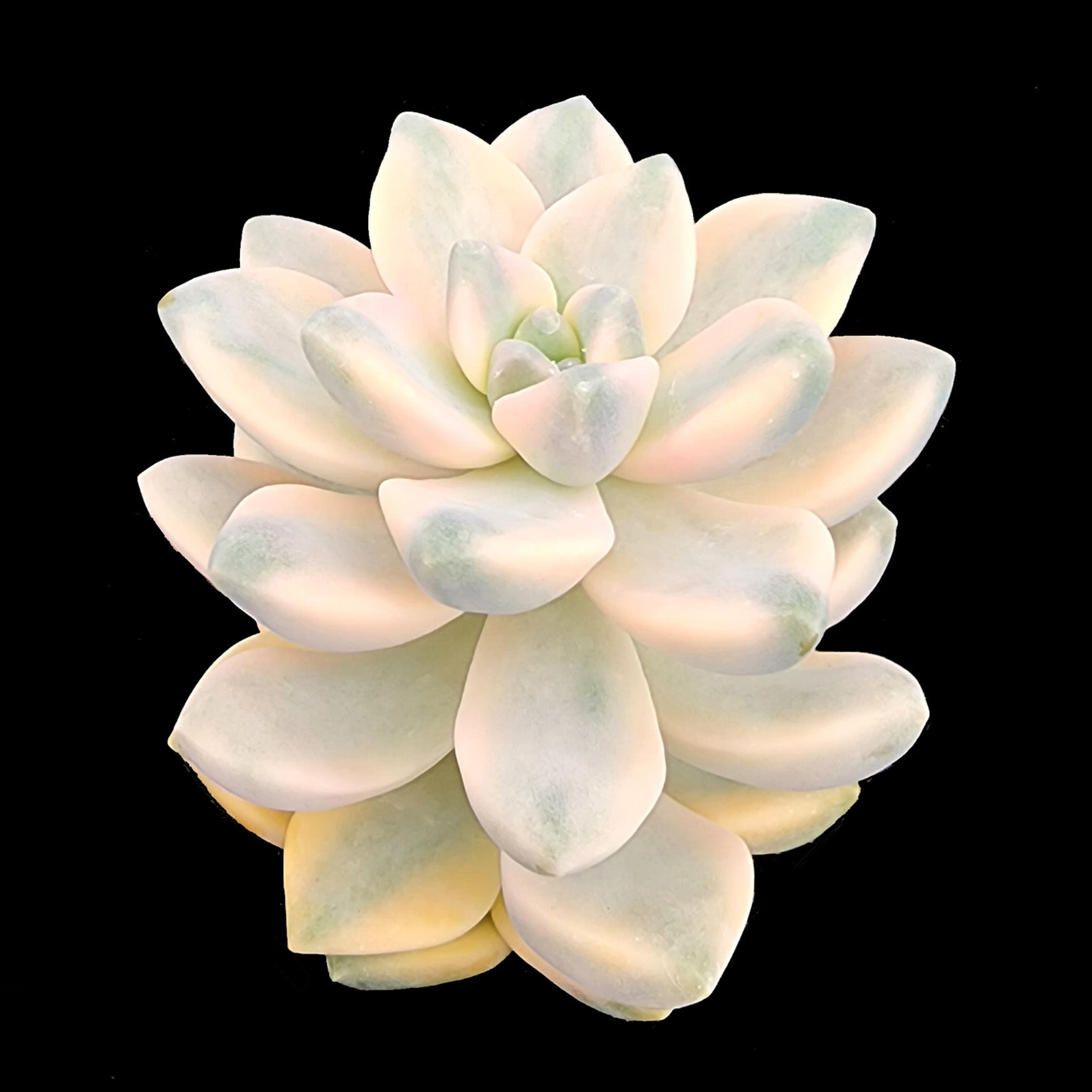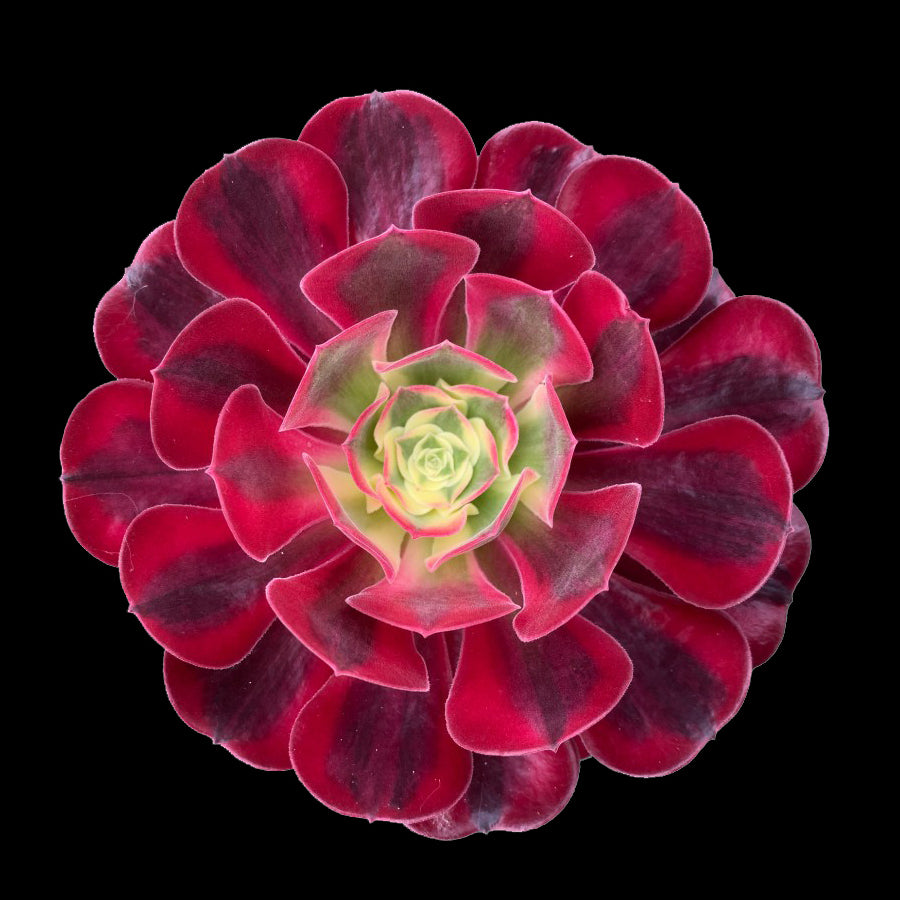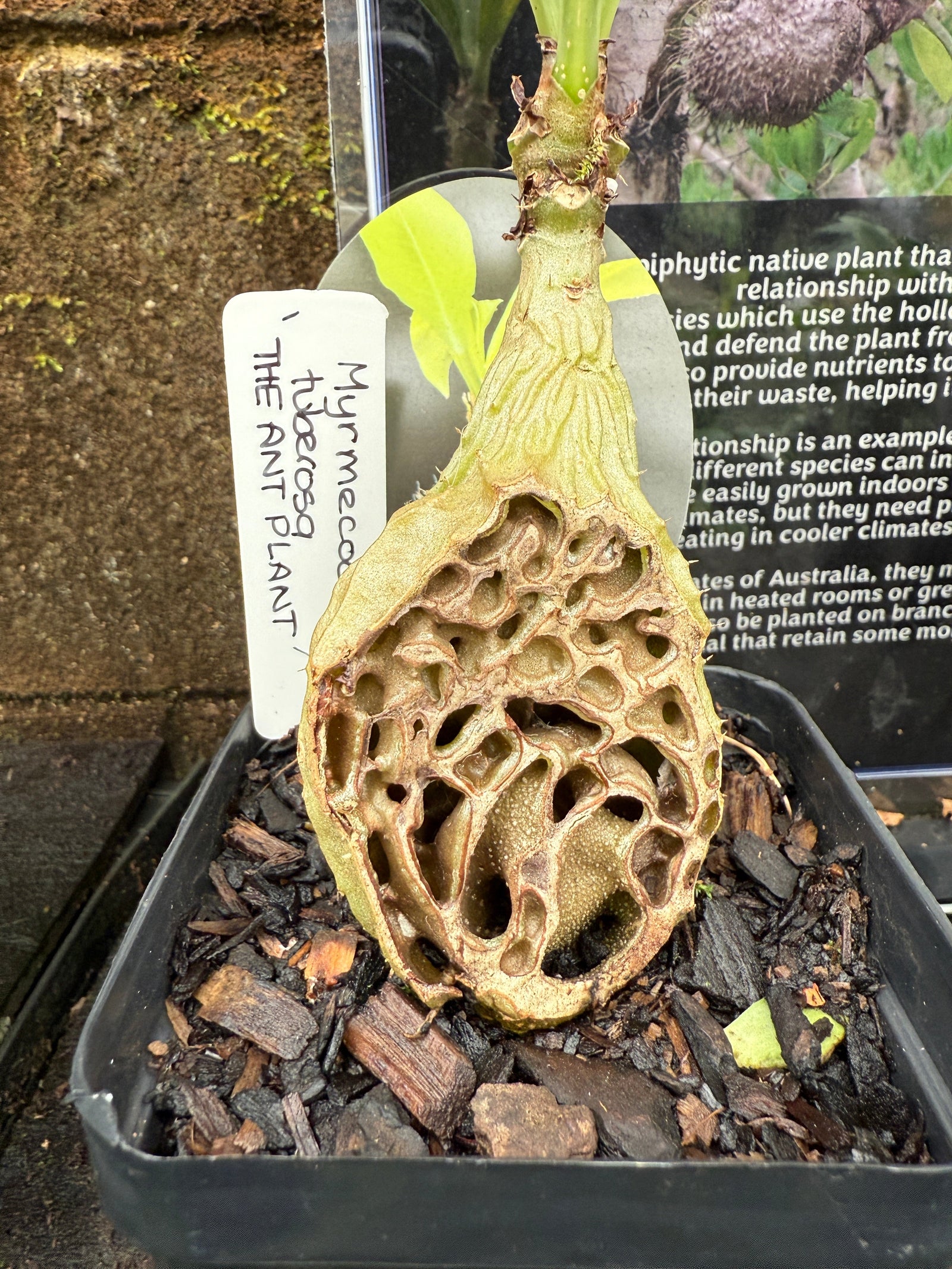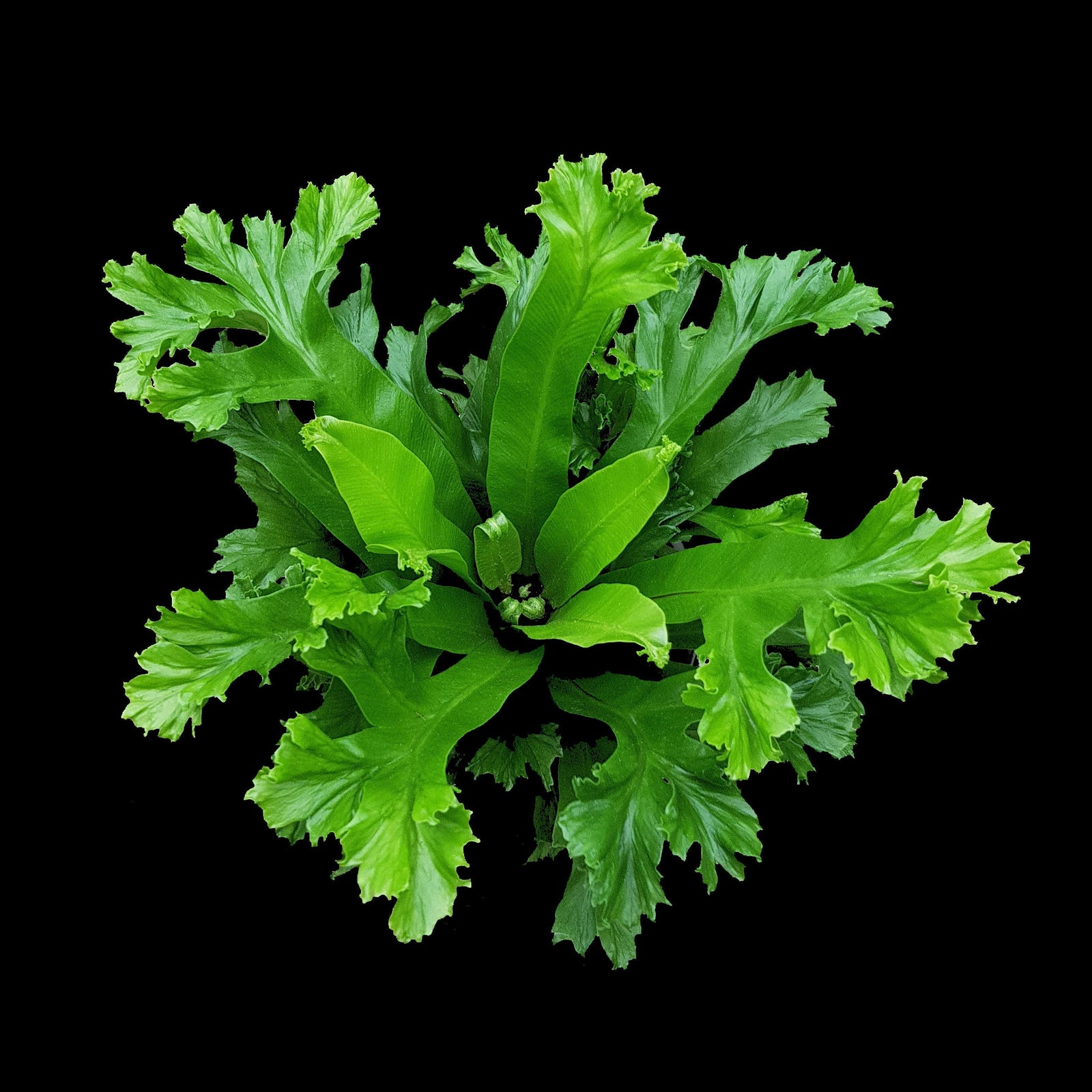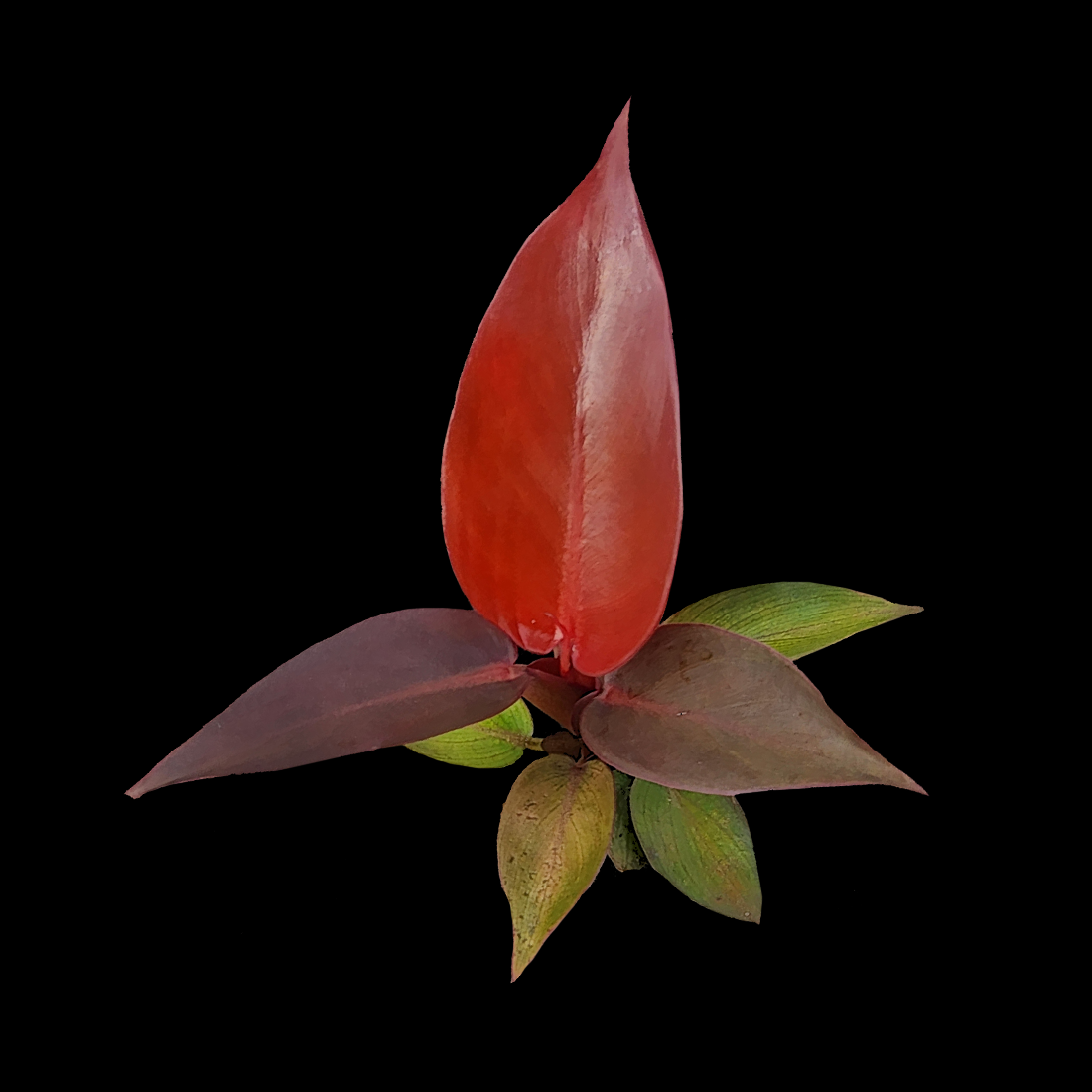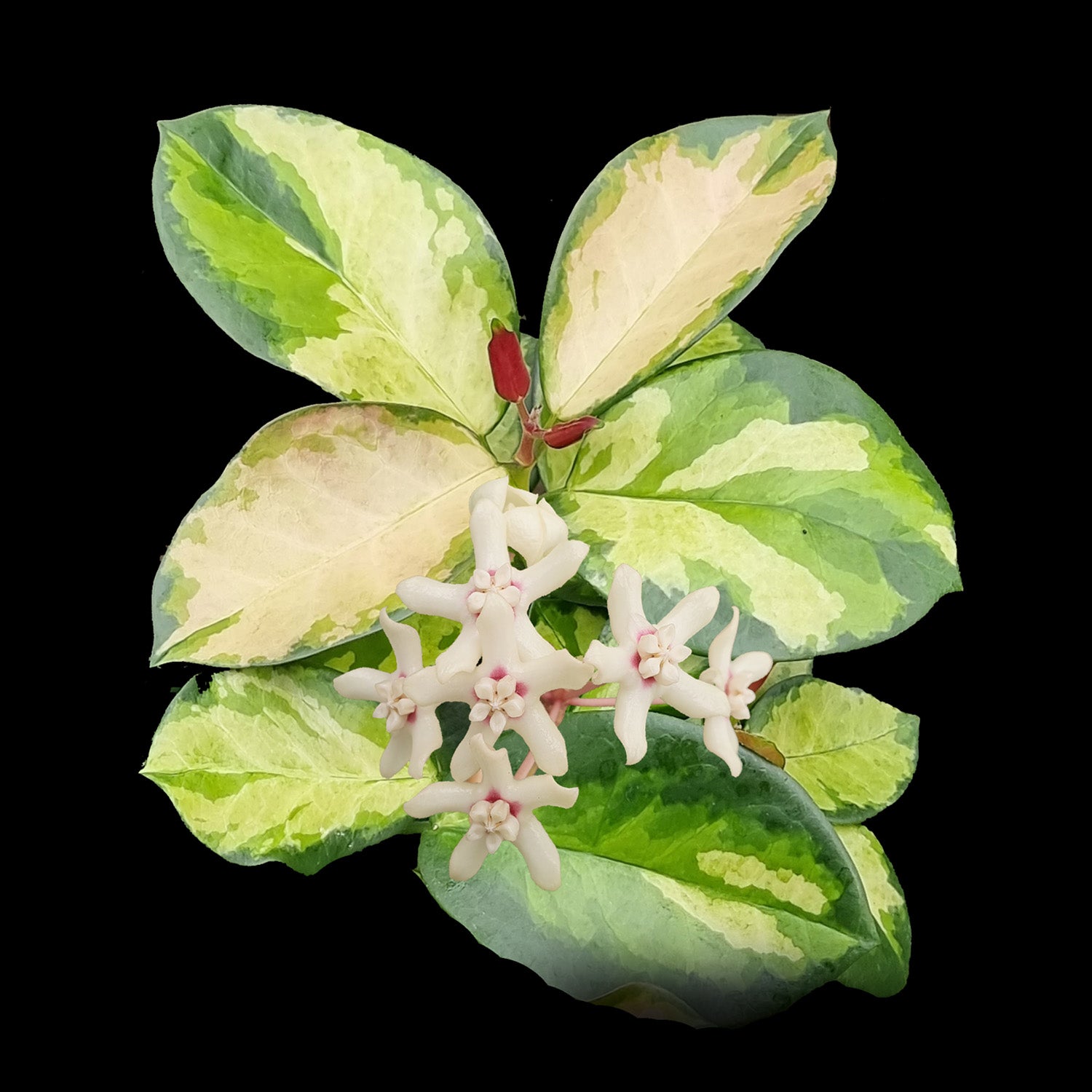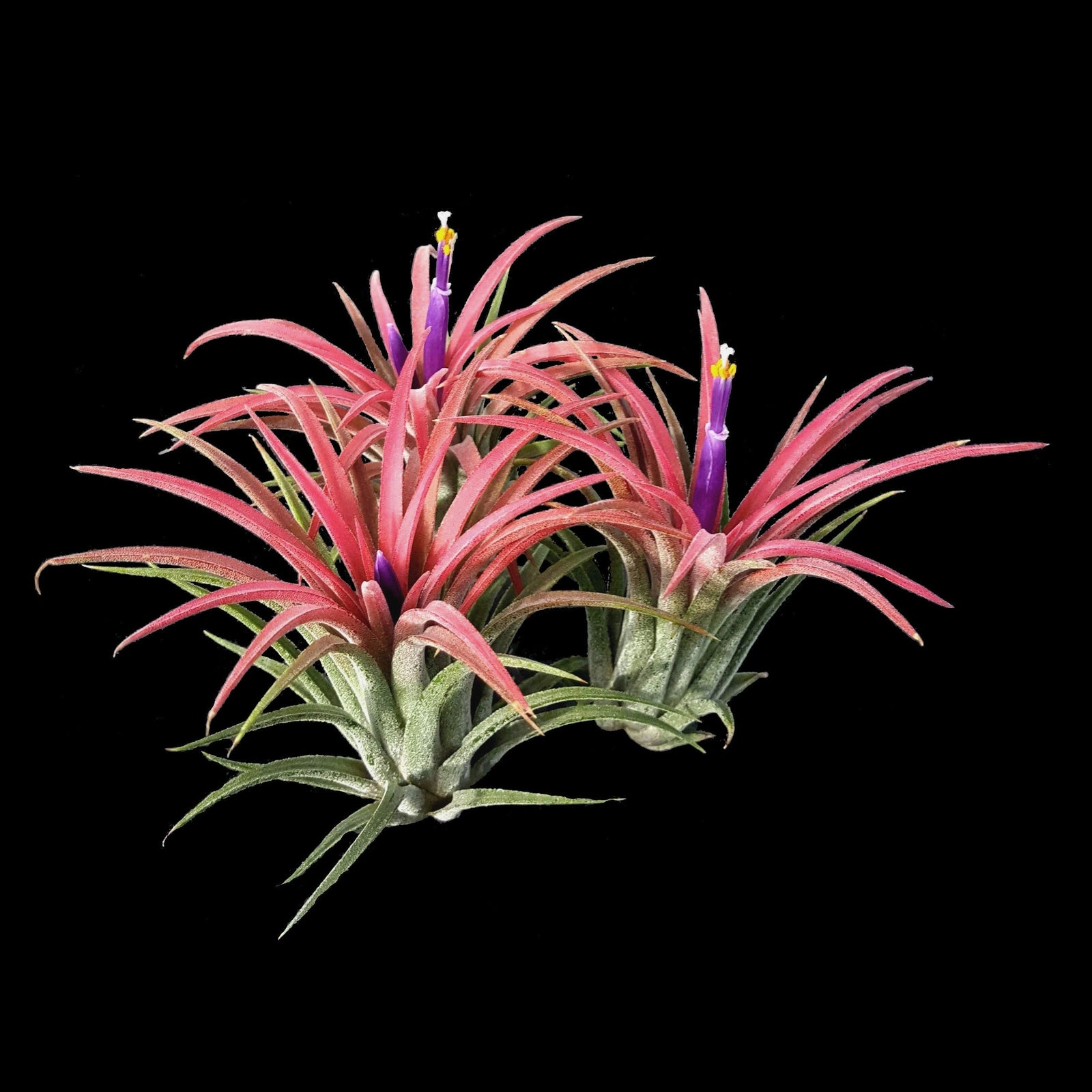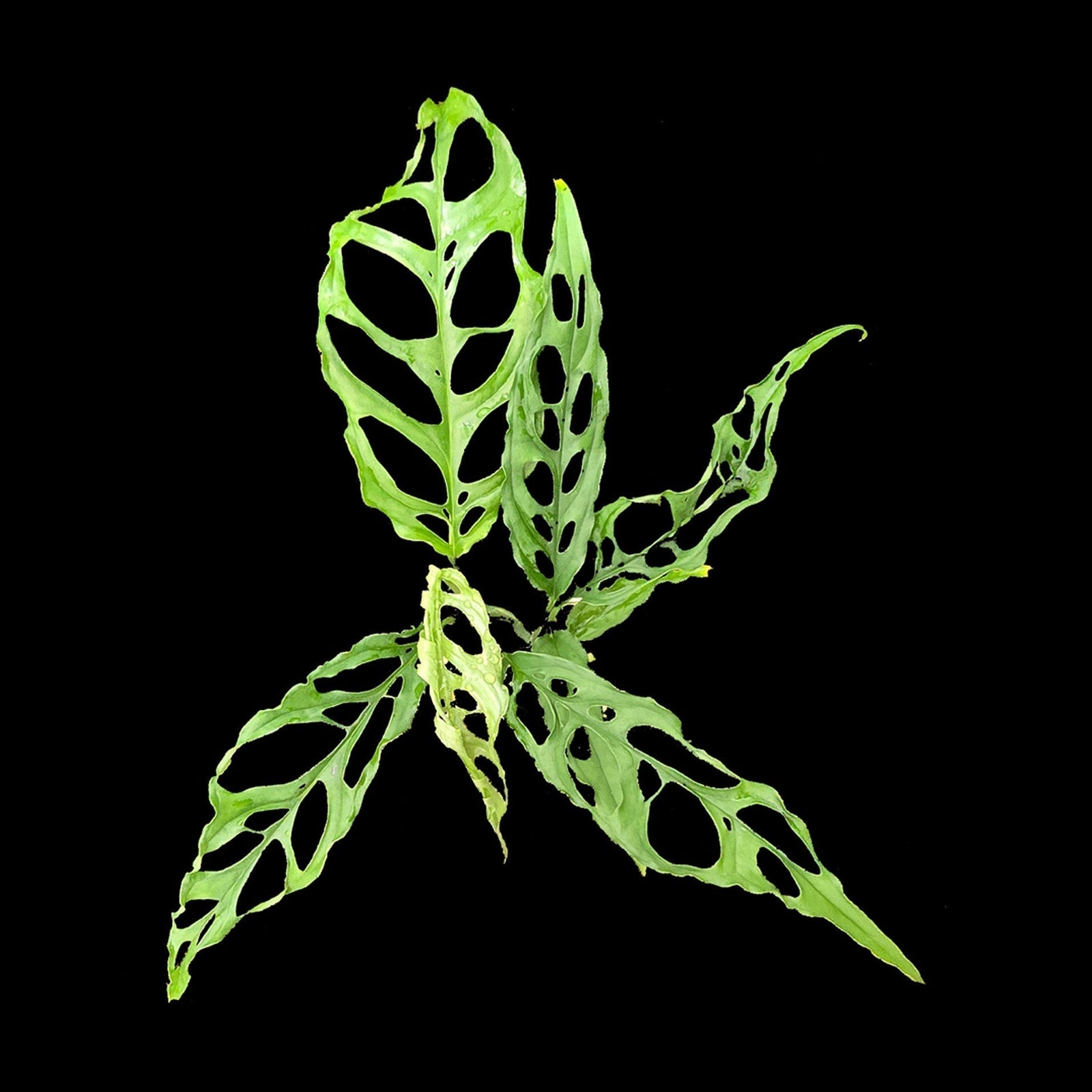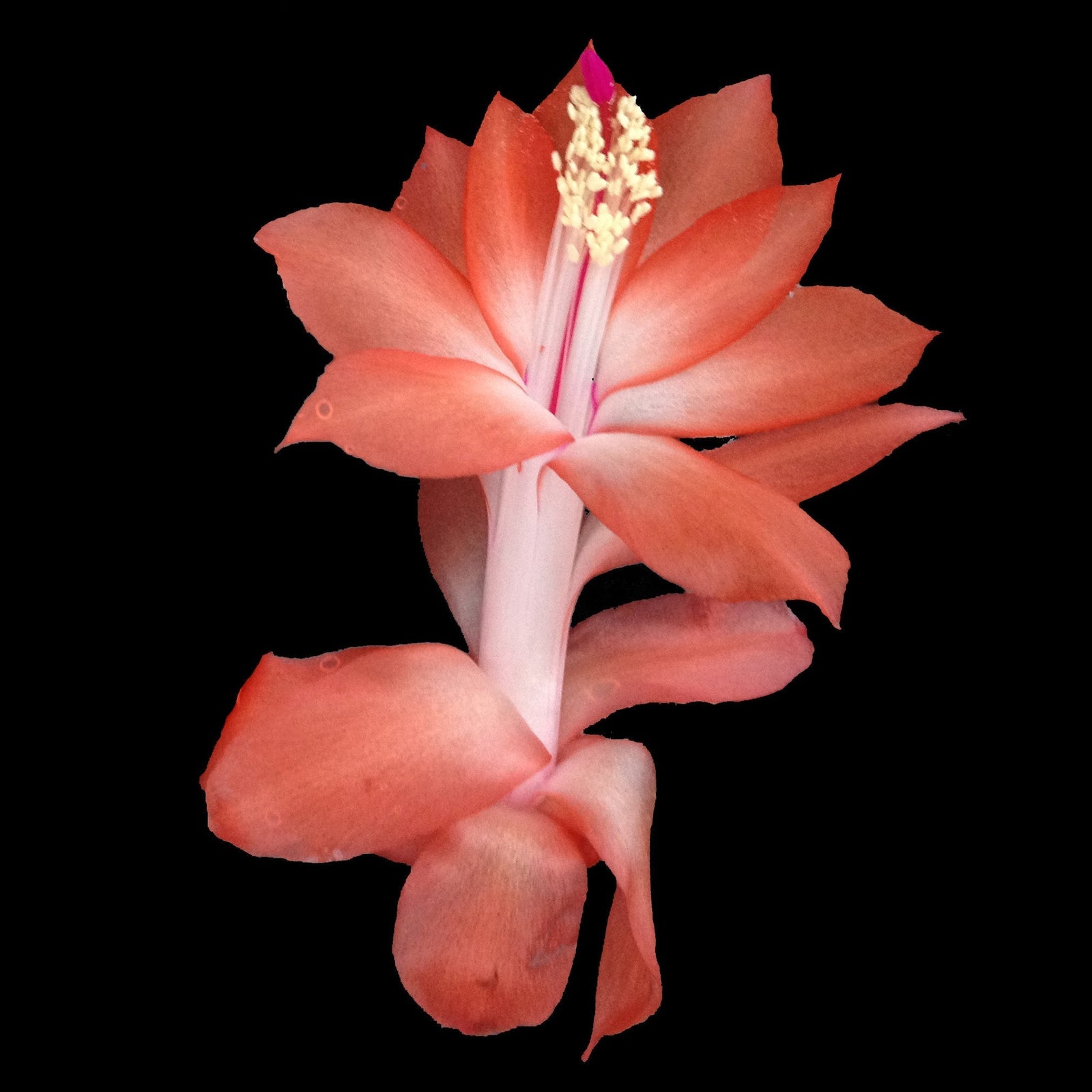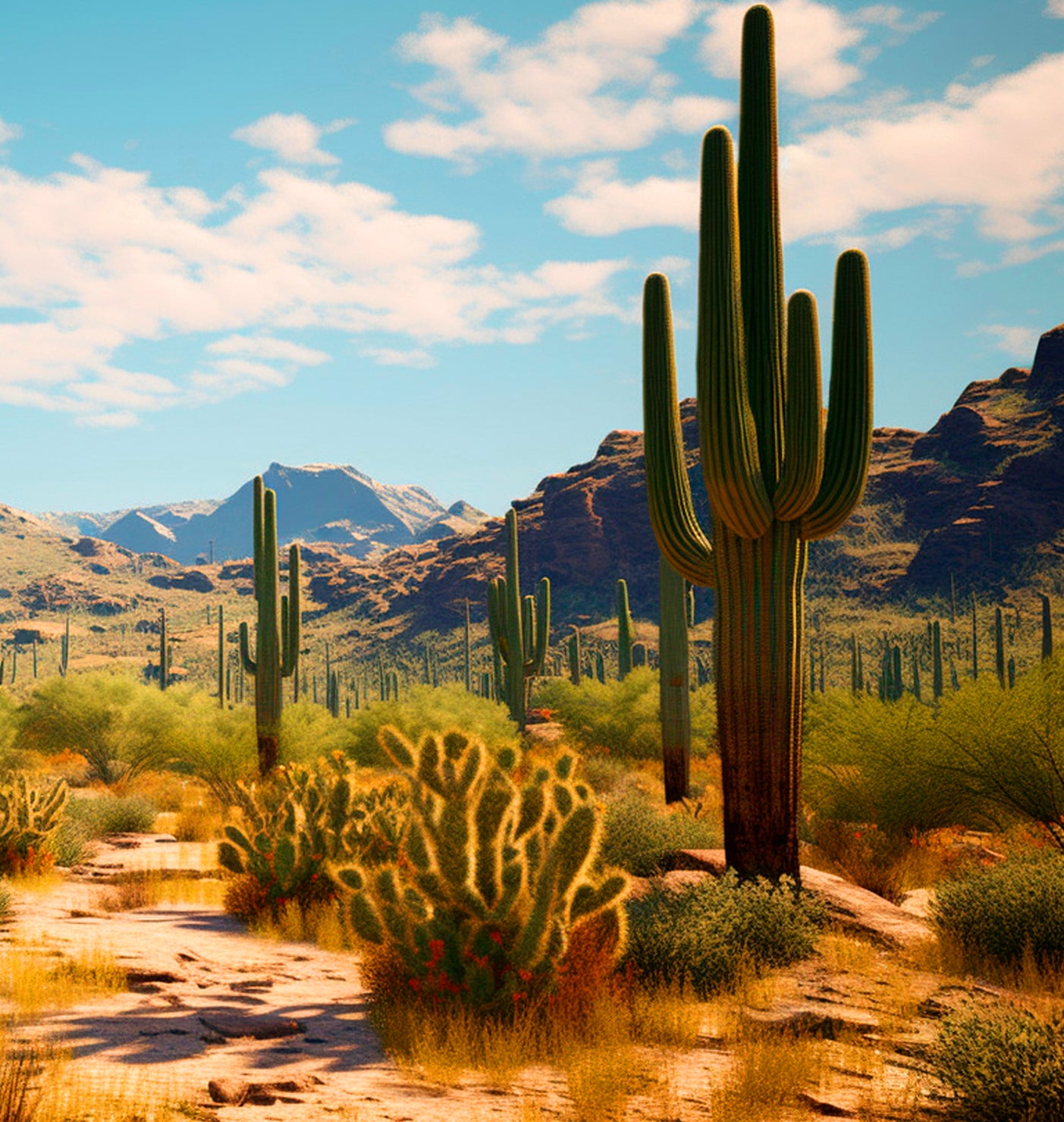Most Hoya guides focus on watering, light and humidity—but if you really want to take the next step as a grower, you need to understand the roots. A Hoya’s root system is the engine that drives growth, stability and flowering. Once you know how the roots behave, everything else about Hoya care becomes clearer.
Intermediate growers often struggle with slow growth, yellowing leaves, stalled vines or poor flowering. In almost every case, the issue is happening below the soil line. This guide explains how Hoya roots work, how to keep them healthy, and why understanding their behaviour will dramatically improve your results.
Hoya Roots Are Designed for Airflow
Most Hoyas are epiphytic or semi-epiphytic plants, meaning they naturally grow on tree branches—not in dense soil. Their roots evolved to cling to bark, breathe easily and dry quickly after rain.
For strong root health, your mix should be:
- Chunky and open so air can reach the root zone
- Fast draining to avoid stagnant moisture
- Low in fine particles that hold water around the roots
- Made of bark, perlite, pumice, or coco chips
When a mix is too dense or holds moisture too long, roots suffocate—and growth slows dramatically.
Fine Roots vs. Storage Roots
Hoya roots fall into two broad categories, and understanding the difference helps you tailor your care:
- Fine feeder roots – thin, delicate roots that take up water and nutrients quickly
- Thicker storage roots – able to hold moisture, making the plant more drought tolerant
Species with thicker storage roots tend to be more forgiving. Species with fine feeder roots tend to dry out faster and need slightly more attention.
Signs of Healthy vs. Unhealthy Roots
Healthy Hoya roots look:
- White to cream coloured
- Firm when touched
- Evenly spread through the mix
- Actively growing, often reaching the drainage holes
Unhealthy Hoya roots look:
- Brown or black
- Soft or mushy
- Foul smelling
- Sparse or clumped due to overwatering
If a Hoya is declining above the soil, the root system is almost always the reason.
Why Pot Size Matters More Than You Think
Intermediate growers often repot too early or use pots that are too large. Bigger pots stay wetter longer, limiting oxygen and slowing growth.
To keep roots happy:
- Use smaller pots than you expect
- Size up only when the plant is genuinely root-bound
- Avoid pots with very narrow shapes that limit airflow
A well-aerated small pot almost always grows a Hoya faster than a larger dense container.
Watering From a Root Perspective
Roots do not like being constantly wet. Overwatering is less about frequency and more about oxygen: if your mix stays wet too long, oxygen disappears and roots decline.
The best approach is:
- Water deeply until it drains freely
- Allow the mix to dry at least halfway down before watering again
- Use room-temperature water to avoid shocking the roots
- Improve airflow if the mix is slow to dry
Good watering technique supports strong, active root development.
Species That Show Interesting Root Behaviour
Some Hoyas demonstrate clear differences in root structure and growth habits—making them excellent examples for intermediate growers to learn from.
- Hoya imbricata – An epiphyte that forms shield-like leaves against tree trunks. Its roots cling tightly to surfaces and prefer extremely airy conditions.
- Hoya serpens – A delicate species with fine roots that dry quickly. It benefits from higher humidity and a lighter, faster-drying mix.
- Hoya patella – Grows thick, fleshy roots that store moisture well. More tolerant of beginner mistakes but still prefers a light, open mix.
- Hoya heuschkeliana ‘Albomarginata’ – Has fast-growing roots that respond well to warmth and regular watering during active growth.
Studying these species helps you understand how root structure varies across the genus—and why no single watering schedule suits all Hoyas.
Do Hoyas Need to Be Root Bound to Grow Well?
Some growers believe Hoyas must be tightly root-bound before they will grow or flower. While slight root restriction does help, extreme root binding can lead to dehydration, nutrient issues and stunted growth.
The goal is balance:
- Roots filling the pot, but not circling heavily
- A mix that dries predictably
- Stable hydration without waterlogging
A moderately snug pot often produces the best results.
When to Repot Your Hoya
Repot only when you see:
- Roots coming out of drainage holes
- Soil breaking down into fine particles
- Slow growth despite proper care
- Frequent wilting because the mix dries too fast
Repotting at the right time renews aeration and supports healthier, more active roots.
Final Thoughts
Strong roots are the foundation of every thriving Hoya. Once you understand how different species root, what they need from the potting mix, and how they respond to moisture and airflow, your plants will grow faster, look better and recover more easily from stress. Healthy roots equal healthy Hoyas—and mastering this is the key step between beginner and advanced grower.












